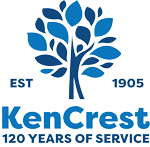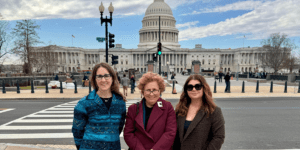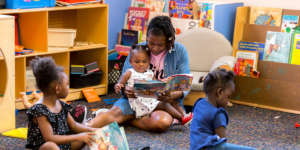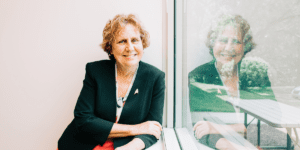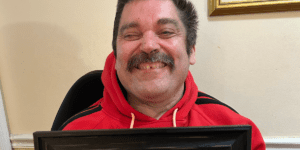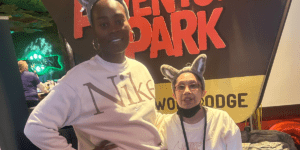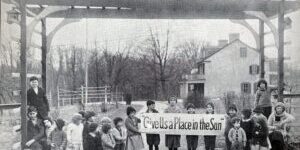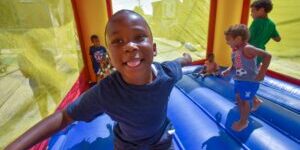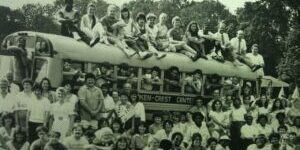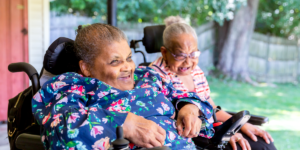Since 1985, KenCrest's Lifesharing program has successfully brought together more than 140 people with disabilities and Lifesharing providers. The program offers those with an intellectual or developmental disability (IDD) the opportunity to thrive in a nurturing, family-oriented environment that fosters lasting relationships, builds self-esteem, and promotes interdependence.
Currently, KenCrest serves Lifesharing families across seven Pennsylvania counties: Berks, Bucks, Chester, Delaware, Lancaster, Montgomery, and Philadelphia.
What is Lifesharing?
Lifesharing is a unique program that matches individuals with IDD with families who open their homes and hearts to provide a supportive, family-like environment. This arrangement allows individuals with IDD to live more independently while receiving the care and support they need. Lifesharing emphasizes the importance of community integration, personal growth, and the development of meaningful relationships.
Cindy and Ron Ryder have been Lifesharing providers for more than 30 years with three different individuals. The couple began Lifesharing while working at RiverCrest, a former home, and dormitory for children with tuberculosis, before it transitioned to a home for individuals with disabilities. There, they met a young man, Dan, who warmed their hearts and encouraged them to pursue Lifesharing. From there, they introduced two more individuals into their home, Ted and Amy.
“I think that’s the most important thing, the unconditional love you get back,” says Cindy. “You can’t put a price tag on that.”
Why Choose Lifesharing?
KenCrest aims to provide high-quality services and support in Lifesharing in the following ways:
- Person-centered individualized plans to help individuals realize their potential and reach their goals.
- Individualized training for team members and provider families.
- Support with medical appointments, medications, and doctors.
- Clinical supports, such as behavior therapists and counseling.
- Arranging transportation services for easy access to community activities and employment.
- Development of relationships in the community.
- Support with budgeting.
- Coordination of special events, trips, and vacations.
The Importance of Lifesharing for Those With IDD
Lifesharing provides a stable and loving environment where individuals with IDD can flourish. It promotes self-esteem, independence, and a sense of belonging. By living with a Lifesharing family, individuals with IDD can build lasting relationships, participate in community activities, and achieve personal goals.
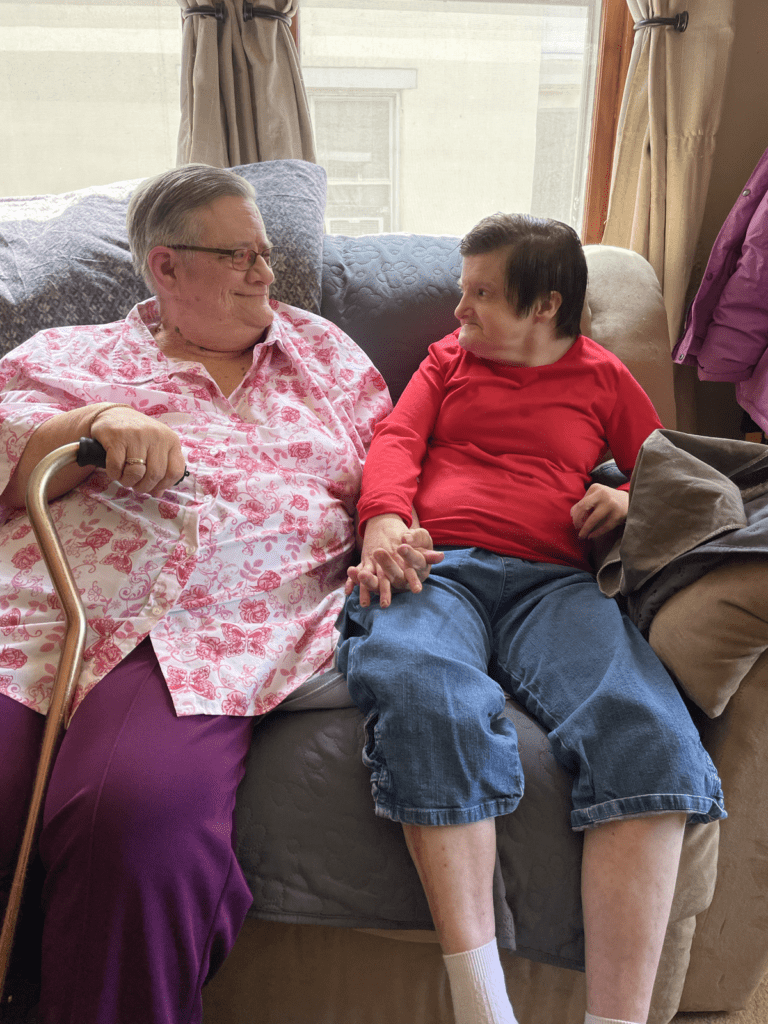
Amy and Missy, two sisters with IDD, faced an uncertain future when their lives took an unexpected turn; their parents passed away unexpectedly. But with the help of KenCrest’s Lifesharing program, their world changed for the better. They were introduced to Janeal and Jay Murrey, who were determined to help them thrive.
"We felt we had something to offer," Janeal said. "We’re blessed to have the space and opportunity to welcome them into our home." After several meetings to ease the transition, Amy and Missy moved in, and the Murrays worked to make them feel as comfortable as possible.
Before moving in, the sisters hadn’t seen a doctor in years and struggled with maintaining their medications. Under Janeal’s care, their health transformed. They lost weight, improved their A1C levels, and now take their medications regularly.
What is the Matching Process?
The matching process is key to a successful Lifesharing experience for everyone involved. It begins with an initial meeting to discuss participants’ wants, needs, and desires in a Lifesharing family arrangement. If a provider family is identified as a match based on mutual interests, a meet and greet is arranged so both parties can get to know one another. The following steps include possible extended visits and then discussing a move-in date.
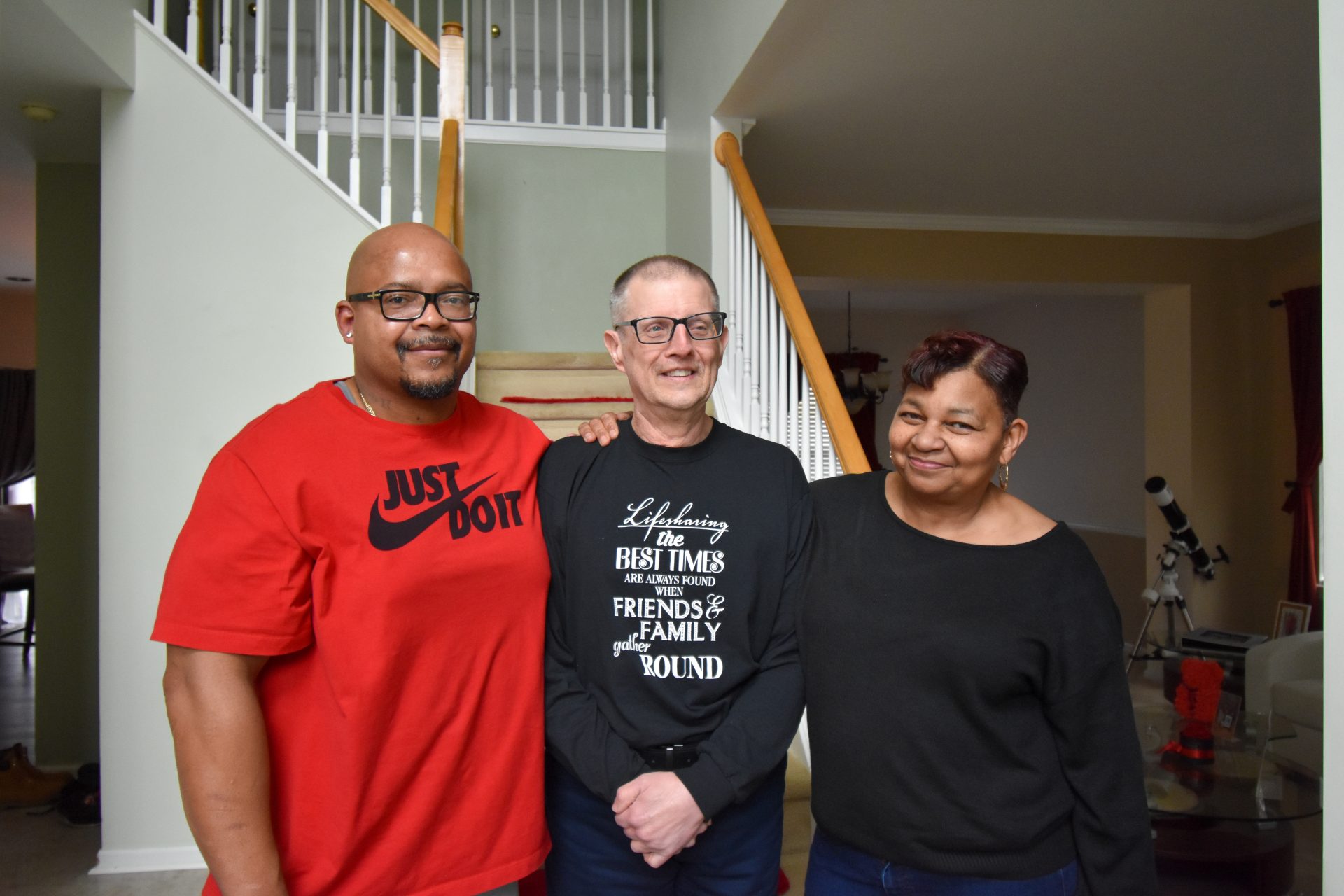
How Do You Become a Provider?
Join hundreds of families across Pennsylvania who have chosen to expand their families through Lifesharing. Opportunities are available to anyone over 18 who can apply to invite someone new into their lives or support a family member through biological Lifesharing.
Lifesharing providers encourage those they support to have goals and dreams, make plans, and live fully. KenCrest continually seeks to create and maintain relationships between participants and provider families interested in the Lifesharing experience.
KenCrest offers the following to Lifesharing providers:
- Competitive, tax-free monthly stipend.
- Assistance with medical appointments and emergencies.
- Coordination of transportation services.
- 30 days of overnight care outside of the home.
- 24/7 on-call support.
- Ongoing, individualized trainingconveniently covered in the family’s home.
- Team support and person-centered planning.
To ensure that the match is a good fit, KenCrest asks every potential provider to complete a thorough screening process that includes:
- A home check and interview to ensure general upkeep and maintenance.
- Background clearances and reference checks (personal, employment, and agency).
- Physical exams to establish the excellent health of the provider’s family.
- Motor vehicle check for safety.
KenCrest accepts applications for new provider families on an ongoing basis!
Are you ready to make a difference? Join the KenCrest Lifesharing community and open your heart and home to someone with intellectual or developmental disabilities. By becoming a Lifesharing provider, you can profoundly impact someone's life while enriching your own.
